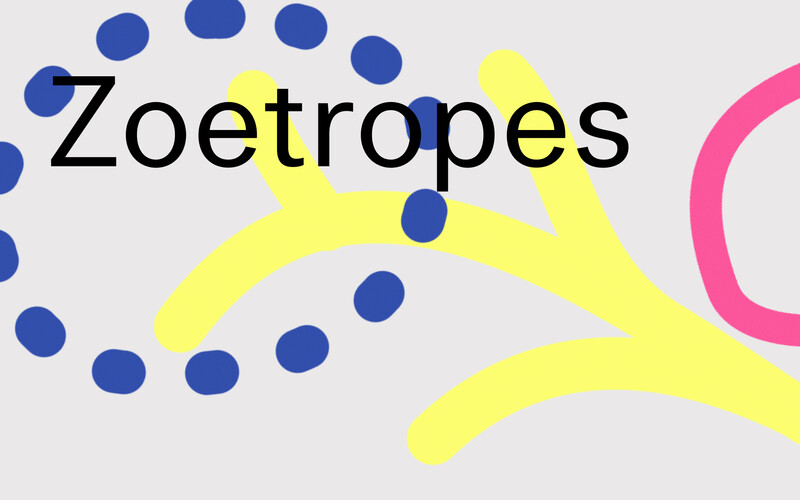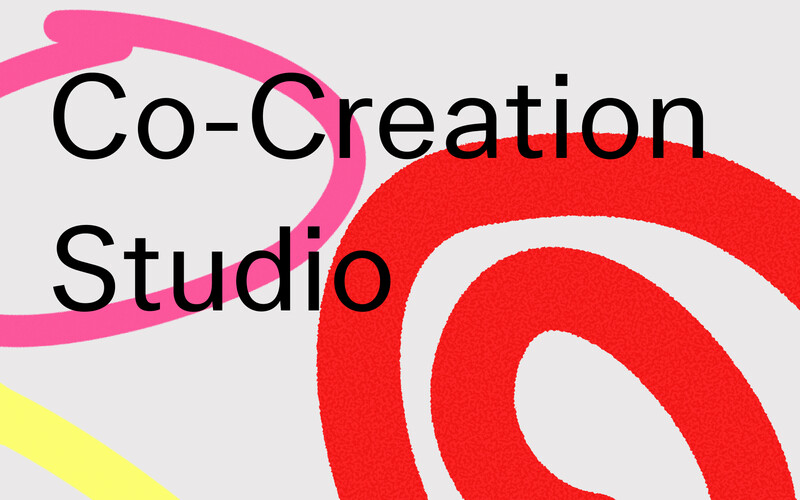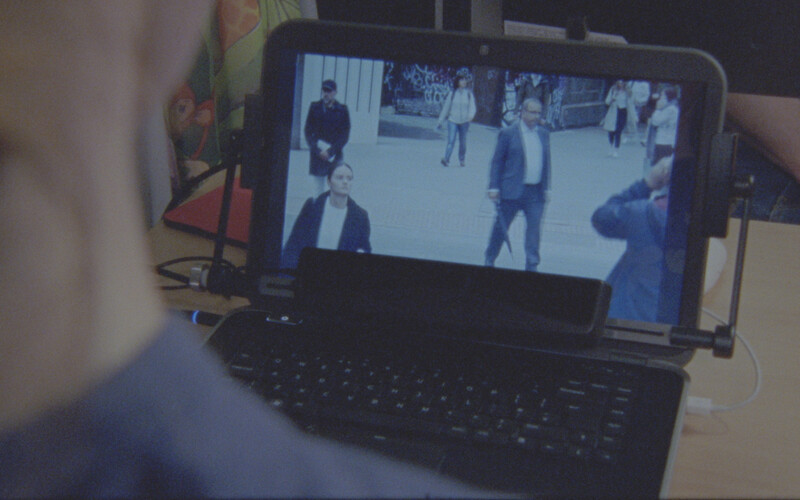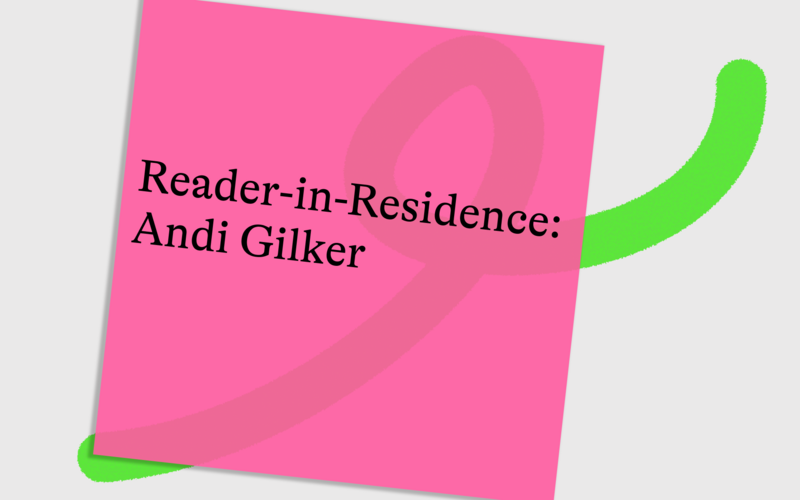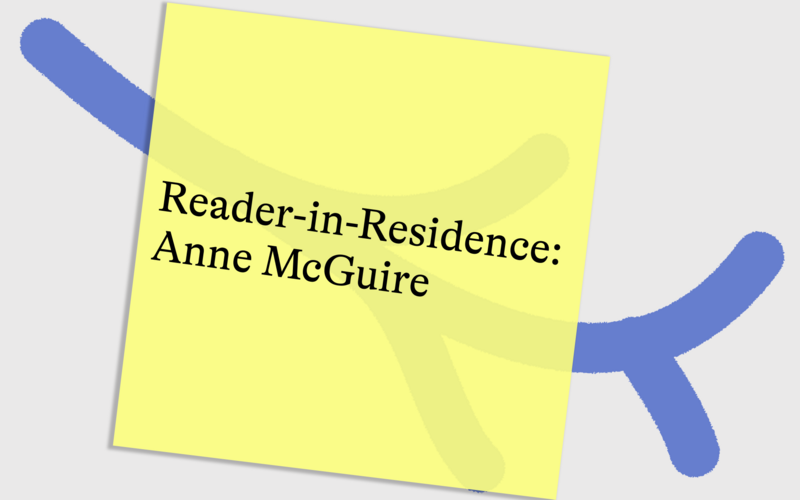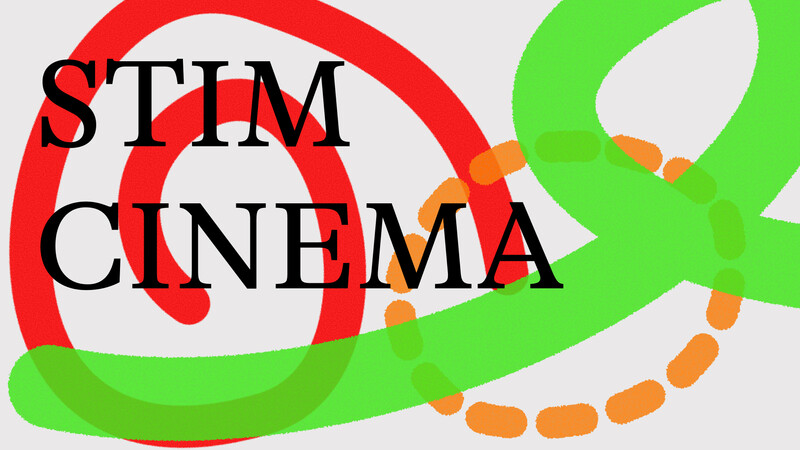
STIM CINEMA is an exhibition and moving image installation that explores neurodivergent perception, agency, and communication in an era increasingly defined by misinformation, polarization, and systemic distrust.
Curated by Christine Shaw, the exhibition features work by The Neurocultures Collective (Georgia Bradburn, Benjamin Brown, Sam Shown-Ahearn, Robin Elliot-Knowles, Lucy Walker), a group of neurodivergent artists in collaboration with artist-filmmaker Steven Eastwood.
At its core, the project asks: What does it mean to trust one’s own perception when dominant narratives privilege certain ways of sensing, knowing, and being? How do neurodivergent experiences of movement, repetition, and sensory engagement challenge dystopian conditions of control, standardization, and hypersynchronization?
STIM CINEMA critically intervenes in the dystopian conditions where difference is pathologized, sensory processing is disciplined, and trust in institutions is eroded. Instead of reinforcing logics of neurotypicality, this project explores other linguistic and embodied possibilities for being in relation—where trust is built through sensory connection, shared experience, and an ethics of care.
In the Blackwood Gallery, the exhibition opens with zoetropes, historic moving image devices that rely on repetition and motion, connecting early cinema to the repetitive, self-regulating practice known as stimming: the practice of physical repetition as a way of taking sensory pleasure in recurrence, or of expressing and alleviating anxiety, and a common trait of autistic experience. Visitors are invited to spin the zoetropes themselves to make animations come to life. The centerpiece film, STIM CINEMA, is an 18-minute, three-screen installation following a neurodivergent protagonist during an eye-tracking test. Rather than reinforcing surveillance or diagnostic control, the film subverts these structures, revealing hidden details and sensory richness often dismissed in a world structured by neurotypicality.
In the e|gallery, the exhibition foregrounds the project’s collaborative process, showcasing mind maps and ephemera generated through visual thinking and iterative dialogue. These elements highlight neurodivergent-led production models that cultivate alternative forms of trust between artists, audiences, and the sensory environments they co-create. To complement the Collective’s mind maps, the gallery has been turned into a studio which promotes group research and learning, featuring related readings, stim toys, and sensory aids. With ample tables, chairs, and materials related to the exhibition, the e|gallery provides an inviting space for classroom and community engagement.
Holiday Gallery Hours
Regular gallery hours are in effect until and including Saturday, December 6. The galleries will then be closed for the holidays, except for regular hours on Saturday, December 13. In 2026, the galleries reopen Monday, January 5.
Accessibility
This exhibition has been designed with a commitment to accessibility and neurodiverse inclusion. Visitors are invited to make use of stim tools, including tactile objects, fidget items, weighted blankets, and textured seating that support sensory regulation and embodied engagement with the space. The gallery has been calibrated with soft lighting and a visually calm layout. The free-standing projection wall has been safely built with a soft lean to elicit trust in the work and trust in the gallery. The zoetrope plinths vary in height to enhance accessibility for all visitors, including wheelchair users and children.
The exhibition also offers multiple points of access to the artwork. Core content is presented in layered formats, including audio descriptions, transcripts, and a large-print guide.
Staff are trained in disability and neurodiversity awareness and are available to support your visit. If you have specific access needs, we encourage you to reach out in advance or speak to a team member on site.
The Blackwood acknowledges that accessibility is an ongoing process. We welcome feedback and dialogue to continue to make our spaces more inclusive and responsive.
Programs
Responsive programming runs alongside STIM CINEMA including screenings, workshops, campus walks, performances, and a 4-day interdisciplinary seminar series.
All programs are free and open to the public.
Readers-in-Residence
Throughout Fall 2025 a lunchtime Reader-in-Residence series on UTM campus will offer group readings, discussions, and embodied activities led by guest contributors whose ethical, political, and social commitments complement the exhibition. Centring the practices of UofT faculty and graduate students, these sessions offer multimodal responses to neurodiverse cultures, aesthetics, and modes of perception.
Each session will be held in the exhibition’s Co-Creation Studio, located in the e|gallery, CCIT lower level, and will include:
Reader-in-Residence: Andi Gilker
Wednesday, October 15, 12–1:30pm
Reader-in-Residence: Anne McGuire
November 5, 12–1:30pm
Reader-in-Residence: Julia Gruson-Wood
November 19, 12–1:30
Autism Through Cinema
Film Screening
January 2026
In January 2026, a film program presented in Toronto will explore the rich and multifaceted nature of an autistic apprehension of the world by looking with autism rather than at it. Bringing together a diverse selection of short films from documentary to animation, and genre-twisting fiction to experimental filmmaking, this program asks how cinematic language can be challenged and changed by autistic perspectives.
Oughtism… I would prefer not to
Multimodal Seminar Series
February 5–8, 2026
Blackwood Gallery, CDRS, e|gallery, MiST Theatre (UTM)
Organized and hosted by Christine Shaw
In Winter 2026, the 4-day seminar Oughtism… I would prefer not to will deepen interdisciplinary conversations of neurodiversity, disability, creative practice, and collaborative methodologies. Awarded the prestigious 2025 UTM-JHI Annual Seminar, Oughtism will explore autistic politics and perception, distantism, the empathy epidemic, choreographies of neurodiversity, Protactility, and other modalities that refuse neurotypical logics.
Physical Access and Facilities
Both the Blackwood Gallery in the Innovation Complex and the e|gallery in the CCT Building are accessible to people who use mobility devices, with doorways measuring over 32” wide. All entrances at ground floor level to both buildings are equipped with power-assisted doors.
The Blackwood Gallery is located on the ground floor of the Innovation Complex, which includes open spaces, round sloped corners, and windows to facilitate visual communication and navigation. Accessible multi-user gendered washrooms are located at ground level.
The e|gallery in the CCT Building is located on the ground floor, accessible via the east entrance (adjacent to parking lot 9) at ground level, or by elevator from the main floor entrance and at parking garage levels 1, 3, and 5. Accessible multi-user gendered washrooms are located at ground level, and accessible multi-user all-gender washrooms are located on the third floor of the CCT Building.
Resources
The exhibition offers multiple points of access to the artwork. Core content is presented in layered formats, including audio descriptions, transcripts, and a large-print guide:
STIM CINEMA
Curator: Christine Shaw
Programs
Installation Views
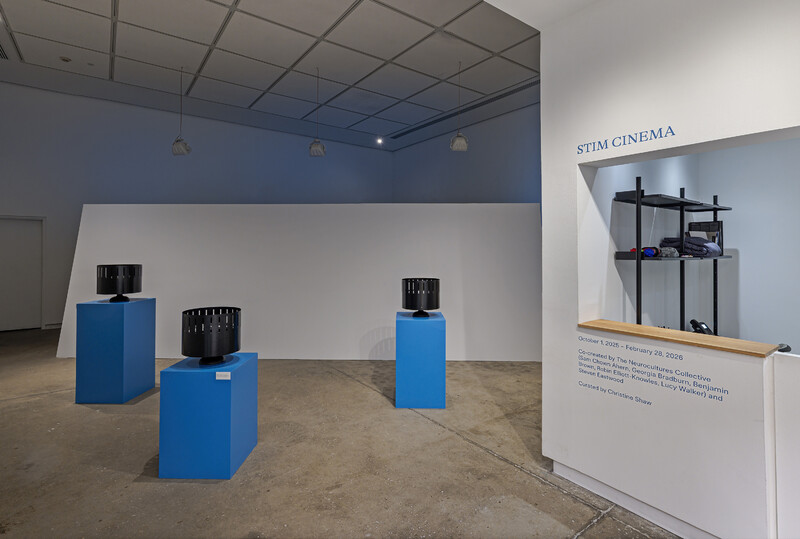
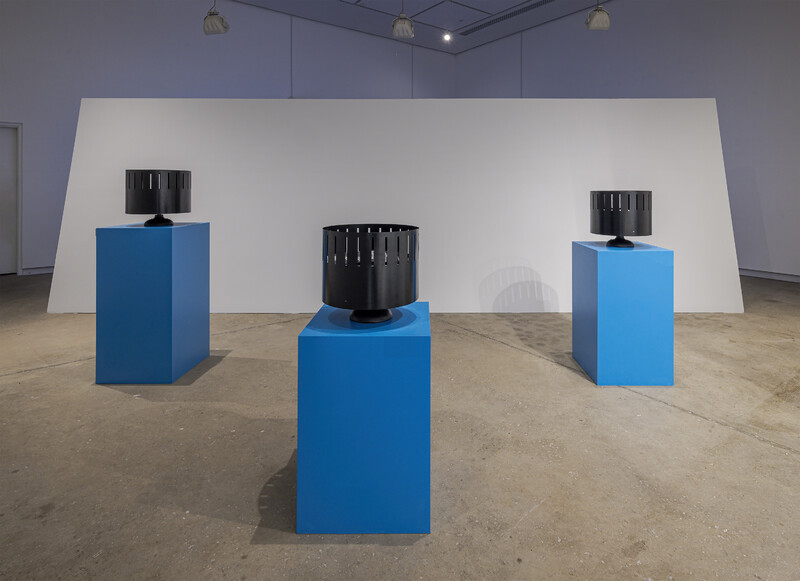
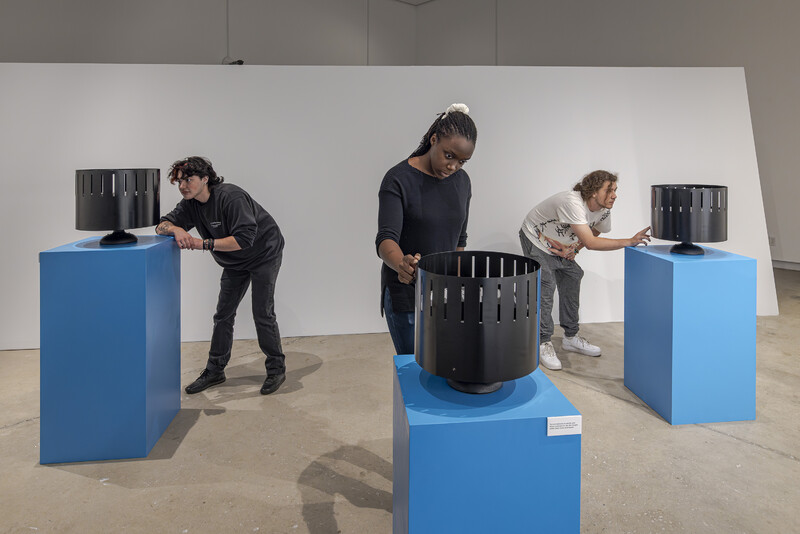
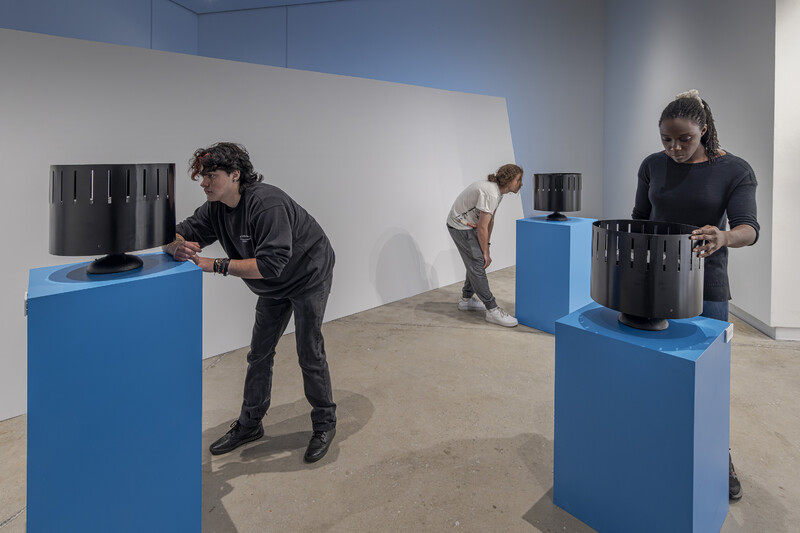
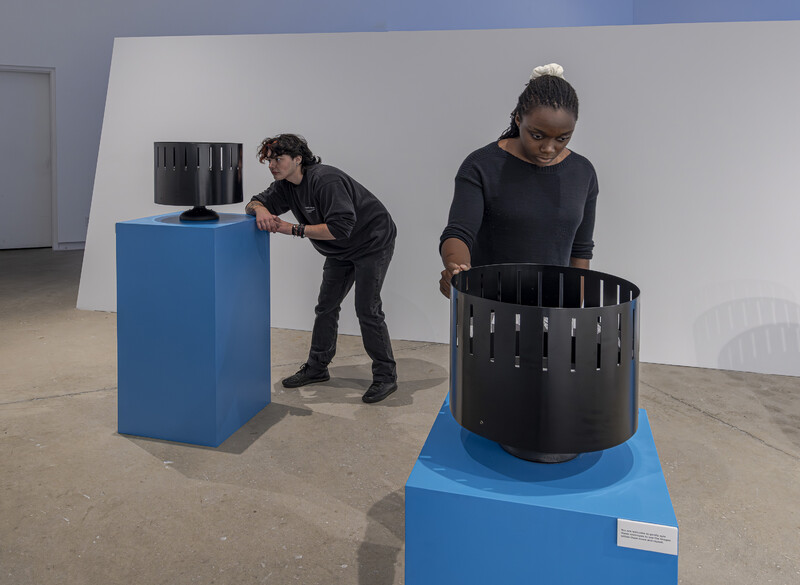
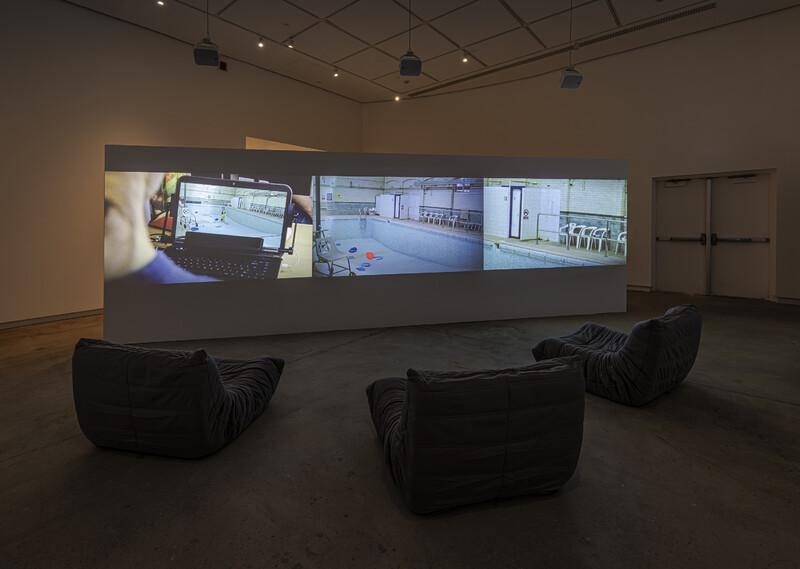
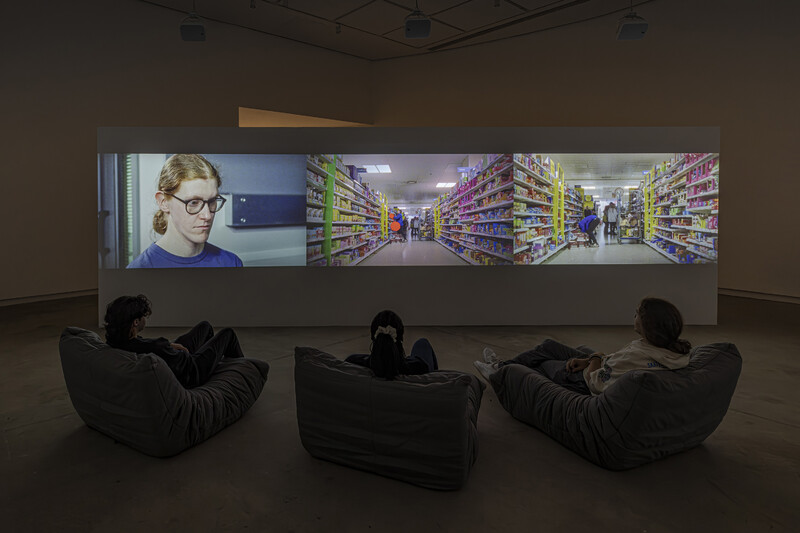
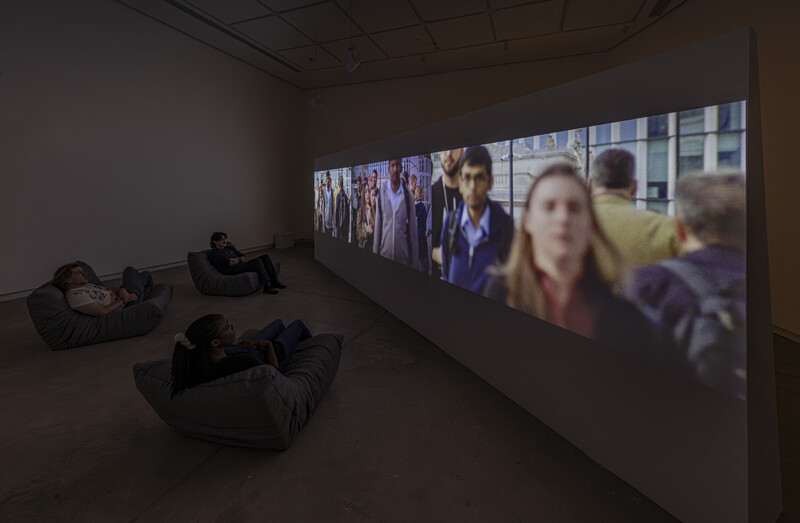
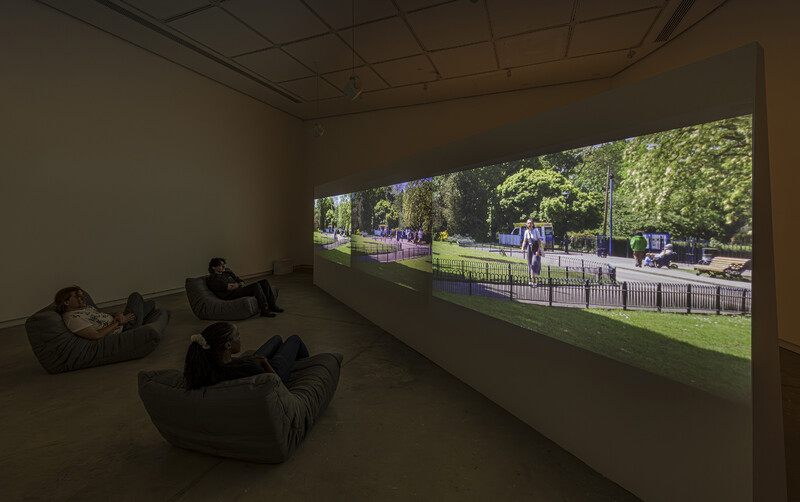
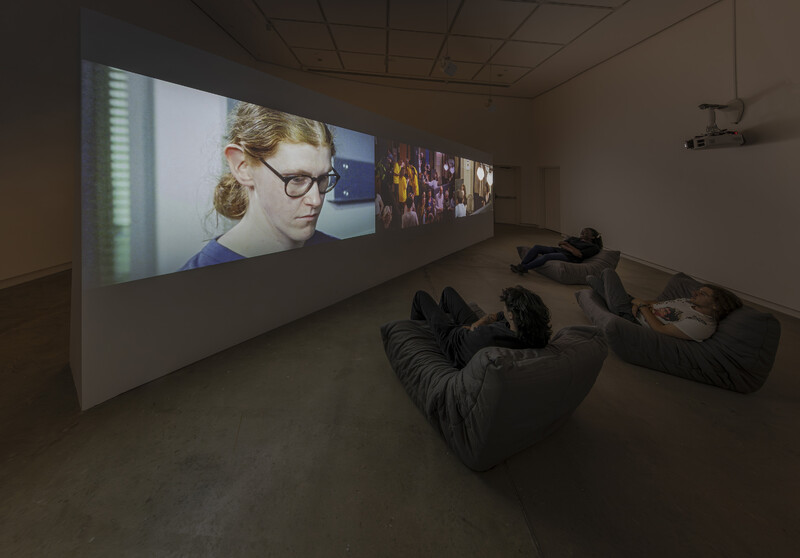
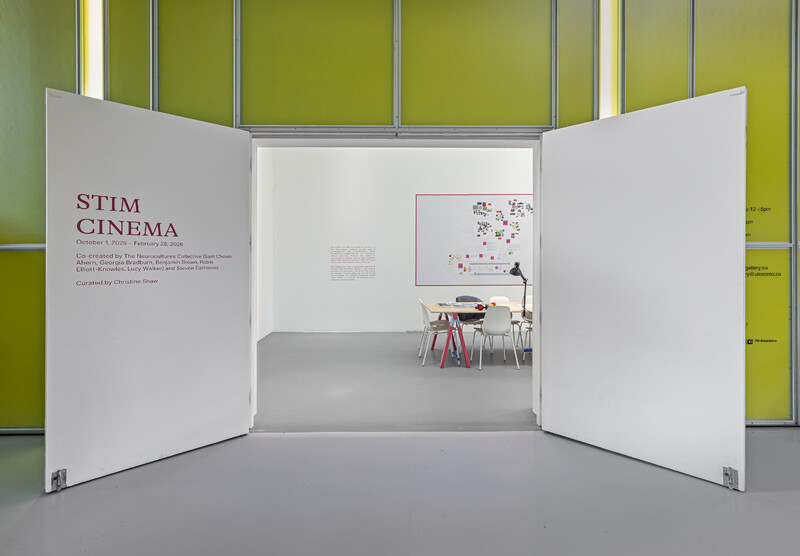
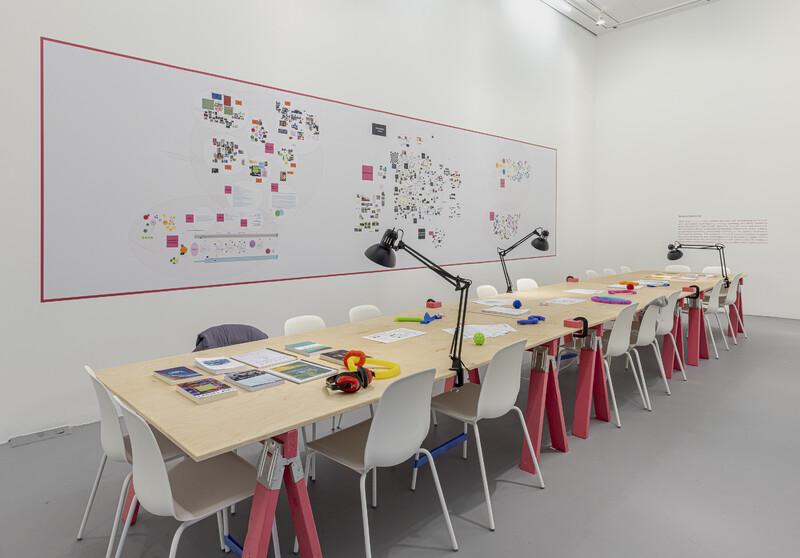
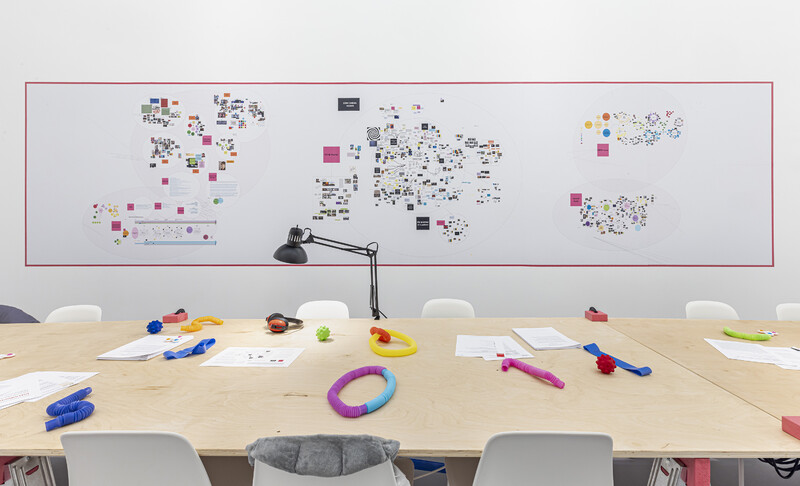
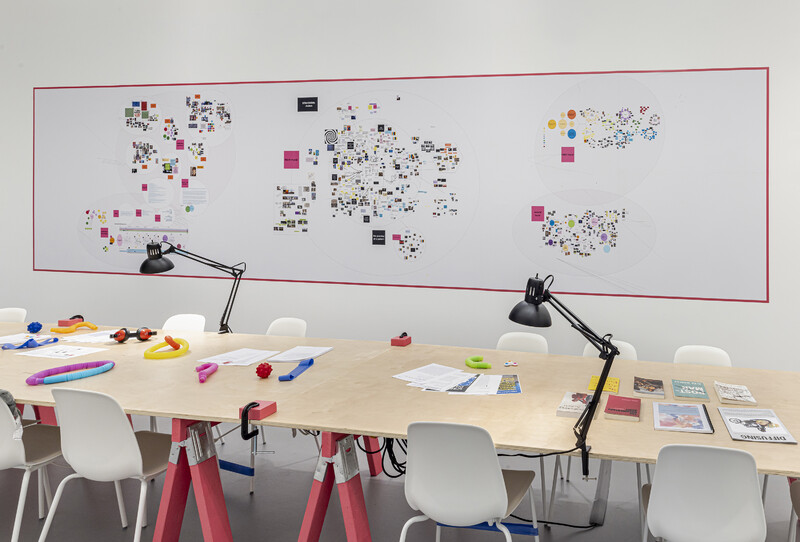
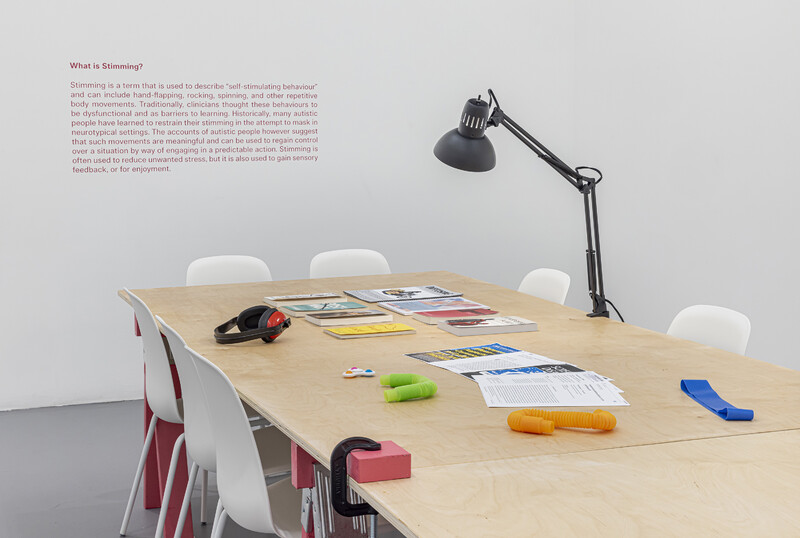
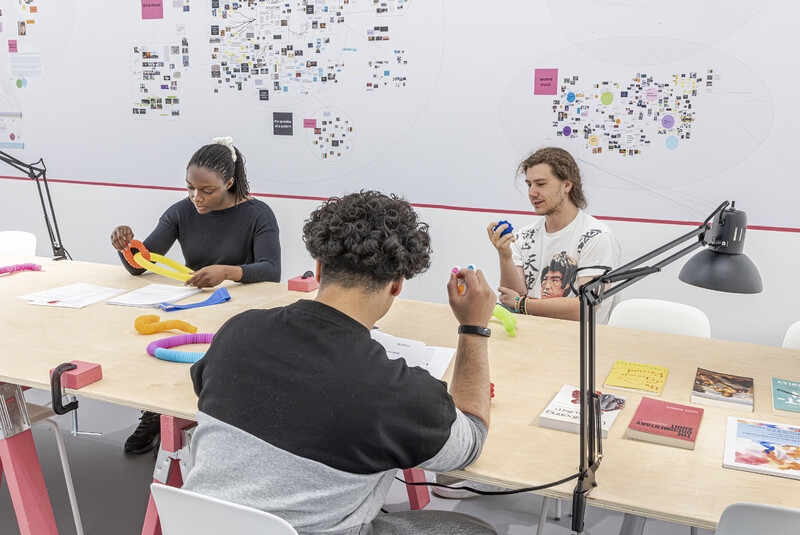
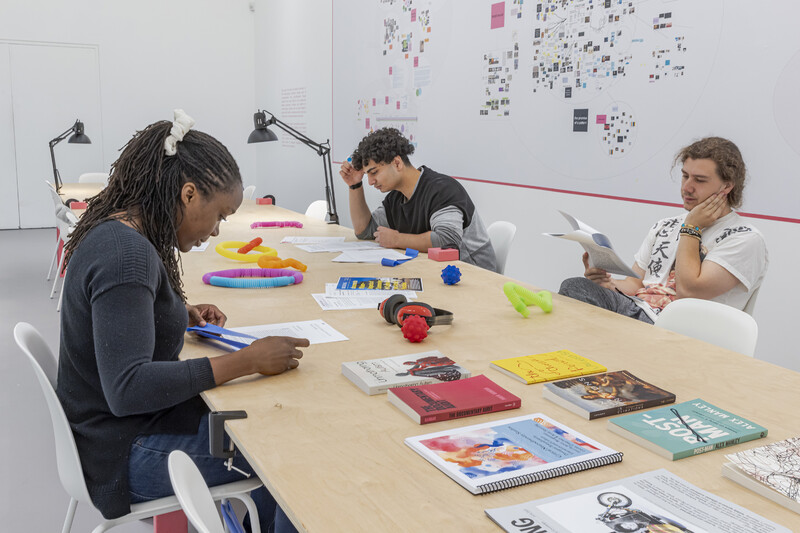
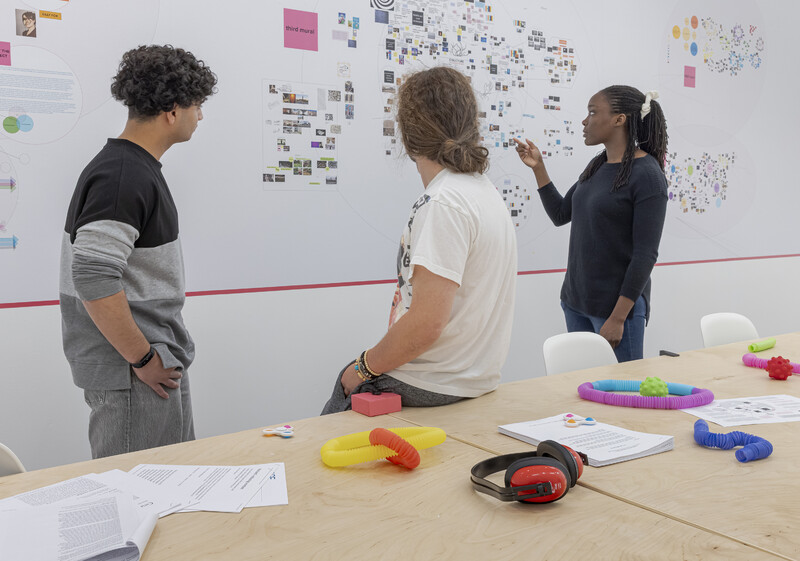
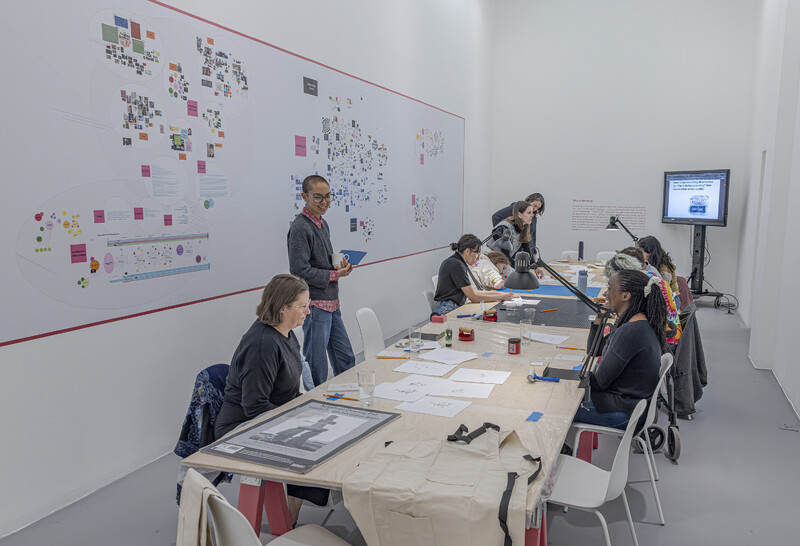
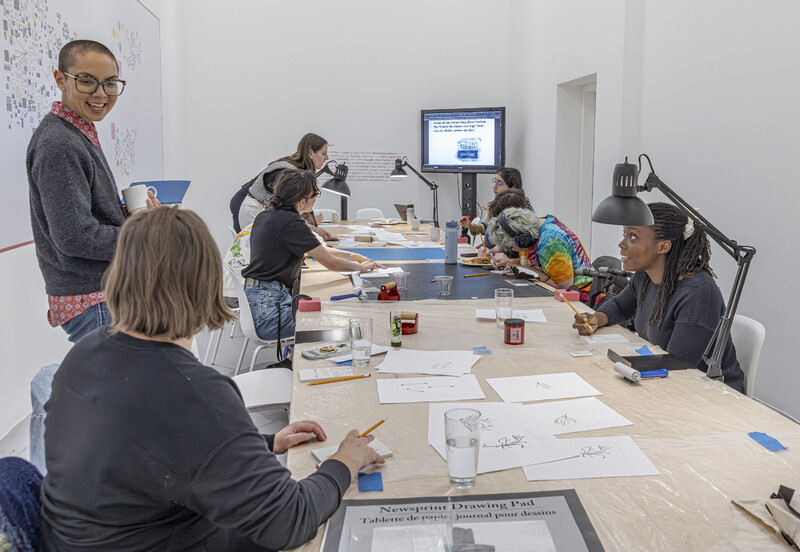
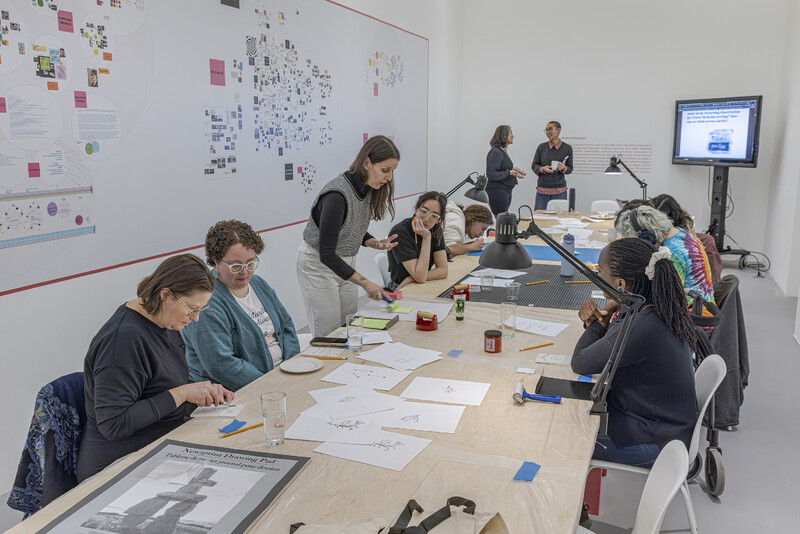
Sam Chown Ahern, a visual artist working with drawing, illustration, bookworks, photography and sound. Sam was also the co-host of the CH4 documentary Are You Autistic?;
Lucy Walker, a member of the Project Artworks Collective, working with costume and puppet making, drawing and small set building, all involving alter egos;
Georgia Kumari Bradburn, a short filmmaker whose work focuses on metamorphosis and transformation, and an embodied autistic phenomenology of cinema;
Robin Elliot-Knowles, an associate artist of the Project Artworks Collective, whose practice includes painting, drawing, and graphic-novels, considering themes of intersectionality, post-colonialism, and transgender (Robin is also the curator of the B-Movie Fan Club, a monthly screening at Hastings Electric Palace);
Benjamin Brown, a film programmer/curator whose creative practice involves drawing, video, and photography, with a particular focus on sensory ethnography (Ben also runs a film club called Citizen Autistic).
In 2018, The Blackwood presented Steven Eastwood’s THE INTERVAL AND THE INSTANT in the 5-part exhibition series Take Care, curated by Letters & Handshakes (Greig de Peuter & Christine Shaw). Steven’s participation in Take Care included “The Interval and the Instant: Inscribing Death and Dying,” a conversation with Dr. Naheed Dosani, Dr. Jenny Lau, and Dr. Kim Wedger as part of the the 3-day event Running with Concepts: The Empathic Edition.
- Curator
- Christine Shaw
Shaw’s work convenes, enables, and amplifies the transdisciplinary thinking necessary for understanding our current multi-scalar historical moment and co-creating the literacies, skills, and sensibilities required to adapt to the various socio-technical transformations of our contemporary society. She has applied her commitment to compositional strategies, epistemic disobedience, and social ecologies to multi-year curatorial projects including Take Care (2016–2019), an exhibition-led inquiry into care, exploring its heterogeneous and contested meanings, practices, and sites, as well as the political, economic, and technological forces currently shaping care; The Work of Wind: Air, Land, Sea (2015–2023), a variegated series of curatorial and editorial instantiations of the Beaufort Scale of Wind Force exploring the relentless legacies of colonialism and capital excess that undergird contemporary politics of sustainability and climate justice; and OPERA-19: An Assembly Sustaining Dreams of the Otherwise (2021–2029), a decentralized polyvocal drama in four acts taking up asymmetrical planetary crisis, differential citizenship, affective planetary attention disorder, and a strategic composition of worlds. She is the founding editor of The Society for the Diffusion of Useful Knowledge (Blackwood, 2018–ongoing), and co-editor of The Work of Wind: Land (Berlin: K. Verlag, 2018) and The Work of Wind: Sea (Berlin: K. Verlag, 2023).
- Program Contributors
- Andi Gilker
- Julia Gruson-Wood
- Anne McGuire
Fabrication support: Allie Smith
STIM CINEMA and the related feature film The Stimming Pool were both outcomes of Autism Through Cinema, a five-year collaborative investigation into the relationships between neurodivergent thinking and cinematic creation. Through the formation of a collective of autistic filmmakers, a reimagining of medical films, and an exploratory podcast, the project sought out the rich interactions of autistic embodied experience with the moving image. Autism Through Cinema was led by Professor Steven Eastwood and Professor Janet Harbord.
Project Advisors: Damian Milton (The Participatory Autism Research Collective); Tim Corrigan and Kate Adams (Project Art Works); Maggi Hurt (BFI); Sam Chown Ahern (artist and Collective member).
Commissioned by FLAMIN Productions through Film London Artists’ Moving Image Network with funding from Arts Council England. Funded by Arts Council England and Wellcome Trust with support from Queen Mary University of London.
STIM CINEMA is a touring exhibition that launched at Nottingham Castle Museum & Art Gallery, November 25, 2023–April 14, 2024, curated by Gilly Fox.

Support for programming and research is provided by Jackman Humanities Institute Program for the Arts and JHI/UTM Annual Seminar Series, the Office of the Vice-Principal and Academic Dean Strategic Priorities Funding (UTM), Department of Visual Studies, and the Cinema Studies Institute at the University of Toronto

The Blackwood
University of Toronto Mississauga
3359 Mississauga Road
Mississauga, ON L5L 1C6
[email protected]
(905) 828-3789
The galleries are open. Hours of operation: Monday–Saturday, 12–5pm.
Holiday hours: regular gallery hours are in effect until and including Saturday, December 6. The galleries will then be closed for the holidays, except for regular hours on Saturday, December 13. In 2026, the galleries reopen Monday, January 5.
Facebook | Twitter | Instagram
Sign up to receive our newsletter.
The Blackwood is situated on the Territory of the Mississaugas of the Credit, Seneca, and Huron-Wendat.
